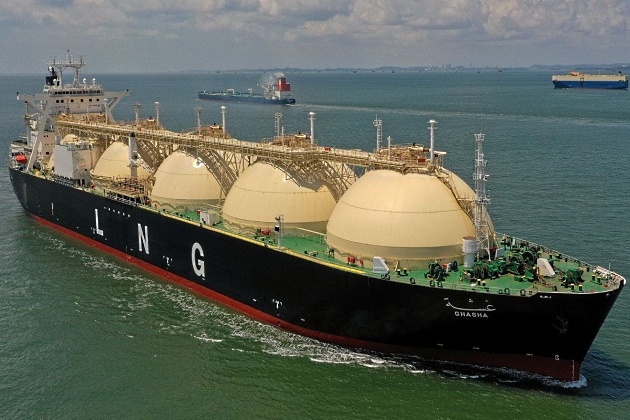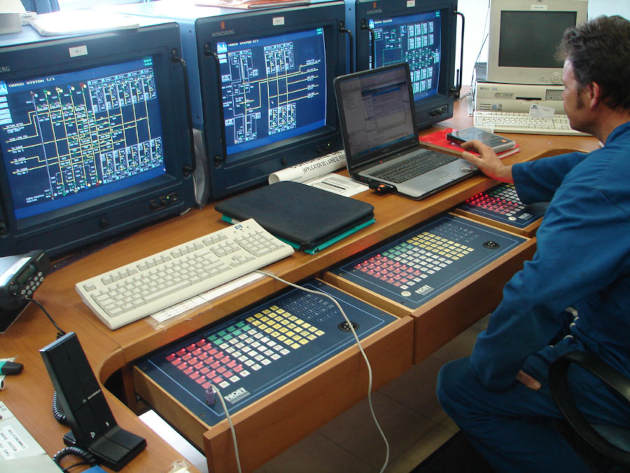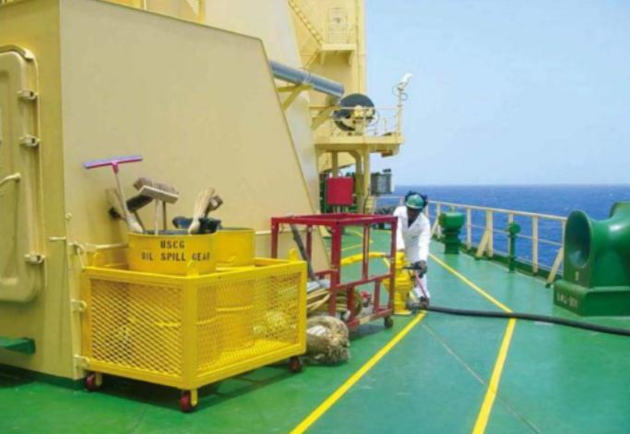The Contingency Plan for Response to Emergencies on LNG vessels outlines protocols and procedures to swiftly address unforeseen situations, ensuring the safety of personnel and the environment. By establishing clear guidelines for emergency response, the plan aims to minimize risks and maintain operational efficiency during critical incidents at sea.
Reference: SIGTTO “LNG Shipping Suggested Competency Standards”, Sections:
1 Have an awareness of their purpose and principles:
- The role of contingency plans in non-standard and emergency situations.
2 Know and understand the contingency planning process:
- Preparing plans.
- Monitoring.
- Contingency drills.
- Reviewing exercises and plans.
The role of contingency plans in non-standard and emergency situations
Taking the correct action in a situation can be achieved through pre-planning for non-standard and emergency situations.

An emergency situation is often the result of an inadvertent and/or unauthorised deviation from established operating procedures. Emergency drills should be practiced at regular intervals to improve the readiness and ensure the cohesiveness of the shipboard response.
Emergency situations are usually unexpected and require a well trained crew who are proficient in the execution of the ship’s prepared contingency plans.
Crews who are well trained and have been exercised in the most probable contingencies required will be the best prepared.
Preparing plans
The emergency procedures that should be followed on gas tankers are clearly outlined in the International Chamber of Shipping’s Tanker Safety Guide (Liquefied Gas). This publication urges that standardised emergency procedures should be developed for each ship and that the ship’s crew members should be properly trained and regularly drilled in these procedures. In establishing an emergency organisation, the following key elements are suggested:
- control centre;
- emergency response party;
- backup emergency response party;
- engine room/support team.
Each ship should develop its own emergency procedures that are approved by the shore management team. Standardised procedures are preferable as personnel do not always serve on the same LNGC and a similar approach from one ship to the next is beneficial.
Read also: Risk Assessment on Liquefied Natural Gas Tanker
This is particularly important should the emergency arise while the ship is alongside the jetty. Shore personnel will be able to assist more effectively if they have a clear idea in advance of the procedures that ship’s personnel are going to follow.

Source: wikipedia.org
The ship/jetty interface is an area where there is always the potential for a major emergency, for example as the result of a fire, explosion or the large scale release of hazardous materials. When cargo is being transferred the ship becomes an integral part of the Terminal Operations for LNG or LPG Carrier after Arriving in Portentire terminal operation and it is during this time that the greatest risk may arise.
The objective of an emergency plan is to be as prepared as possible and to make maximum use of all available resources to:
- effect the rescue and treatment of casualties;
- safeguard personnel;
- minimise damage to property and the environment;
- contain and bring the incident under control;
- preserve relevant records and equipment for subsequent enquiry. Following an incident, lessons learned can lead to the development of actions that may prevent future reoccurrences.
Plans must be ship specific and take into account the equipment fitted and the capabilities of the crew. The emergency response party must be made up of the most able and experienced crew members.
Monitoring
A central control location, such as the navigational bridge is necessary to oversee and co-ordinate an incident. The ship’s muster plan will designate control and muster locations, as well as duties of all personnel.

The Master will normally be in command, supported by the duty officer, and together they will:
- assess the situation and determine what level of emergency exists and initiate the appropriate emergency response procedures/contingency plan;
- direct the efforts of the emergency response teams;
- ensure that any necessary external communications are made;
- ensure that the emergency response parties (both ashore and on board) are kept up to date on the actual and developing situation(s);
- ensure that any staff who are awaiting instructions at muster point(s), etc are kept up to date;
- direct the necessary timely and controlled shut down of any equipment;
- anticipate any further emergency assistance that may be required, whether on board or from ashore;
- have a clear method of recording the incident data and sequence of occurrence;
- be able to use a decision process on the effectiveness of the initial response and progression or escalation to the next stage.
Importantly, the Master must exert a level of calmness and control.
Contingency drills
Preliminary action includes:
- sounding of an appropriate alarm (e. g. general alarm, fire alarm, etc.);
- muster of all personnel;
- check of all personnel;
- communication between muster points and the control centre;
- designation of duties, as appropriate.
Detailed procedures should be developed and made available in the company SMS for List of the Emergency Situations which can happen on the Liquefied Gas Carrierspecific emergency situations, such as:
- fire;
- collision;
- grounding;
- hull breach;
- hose failure, pipe fracture or cargo spillage;
- bunker spillage;
- loss of containment;
- environmental incident other than bunker spillage;
- bridge equipment failure (including ECDIS, steering, etc.);
- emergency discharge of cargo at sea (jettisoning);
- accident involving personnel.
Reviewing exercises and plans
After each exercise, there should be a thorough debrief with those who were involved and, where appropriate, with those ashore to discuss how effective the drill was, what lessons can be learnt and agree any improvements to be made to the contingency plan.

